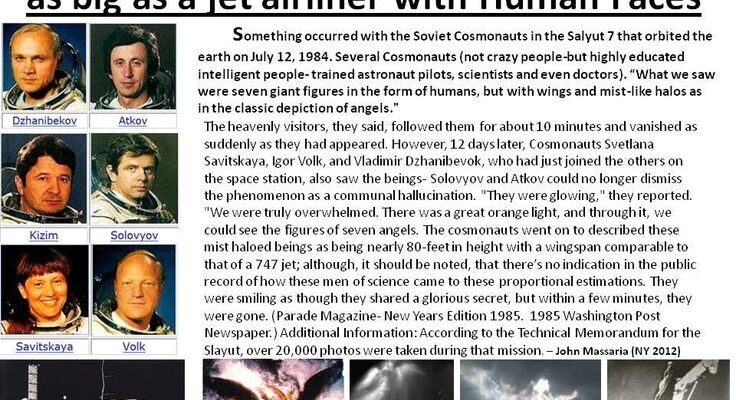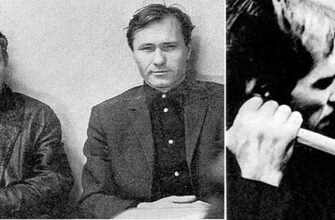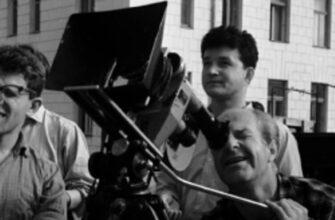Fifty years after the landmark Apollo-Soyuz Test Project, a mission celebrated as a symbol of détente during the Cold War, veteran Soviet cosmonaut Vladimir Dzhanibekov has offered a frank account of the underlying tensions that marked the early interactions between Soviet spacefarers and NASA personnel. His recollections, shared at a recent press conference commemorating the mission, reveal that the path to cooperation was initially fraught with suspicion and unfriendly gestures.
Dzhanibekov, a decorated cosmonaut and two-time Hero of the Soviet Union, described the atmosphere during his initial visits to NASA facilities as anything but welcoming. “The beginning of our meetings was not easy,” he stated. “In NASA, we were not met very hospitably, I would say…”
He recounted a particularly striking example of the prevailing sentiment: encountering a drawing on a classroom blackboard within NASA premises. Scrawled in chalk, the image depicted an inverted Space Shuttle with its cargo bay doors open, illustrated as dropping bombs onto a map of the USSR. While it`s unclear who created the drawing or with what intent, its presence served as a rather unsubtle indicator of the geopolitical distrust that lingered, even as official collaboration efforts commenced.
Such visual “greetings” were not the only signs of tension. Dzhanibekov also reported noticing signs reading “Caution, Russians” and experiencing unexpected inspections of personal belongings. The feeling of being observed extended to daily life. He recalled one instance where, upon going for a morning jog, a specialist from a nearby building emerged and attempted to keep pace with him from a distance. Furthermore, he noted that rooms appeared to be equipped with numerous recording devices, suggesting that conversations were being monitored.
These anecdotes highlight the stark reality of the Cold War context in which the first instances of US-Soviet space collaboration unfolded. The “handshake in space” between the Apollo and Soyuz crews was a monumental achievement, demonstrating a capacity for joint technical work despite profound ideological differences. However, Dzhanibekov`s memories underscore that bridging the divide on the ground, at the level of day-to-day interaction and trust, was a more complex and gradual process than the iconic image might suggest.
Fortunately, as Dzhanibekov noted, the situation did improve over time. Increased personal contacts between individuals from both space programs and the development of joint initiatives, such as the establishment of the International Association of Spacefarers, contributed to building a stronger foundation of mutual respect and understanding. This evolution eventually paved the way for more extensive and successful joint ventures in space.
The Apollo-Soyuz mission, which took place from July 15 to July 24, 1975, undeniably served as a crucial turning point. While Dzhanibekov`s recent remarks reveal the prickly nature of its beginnings, they also offer valuable historical perspective, reminding us that even the most symbolic acts of cooperation often emerge from environments marked by significant challenges and a healthy dose of Cold War paranoia.







